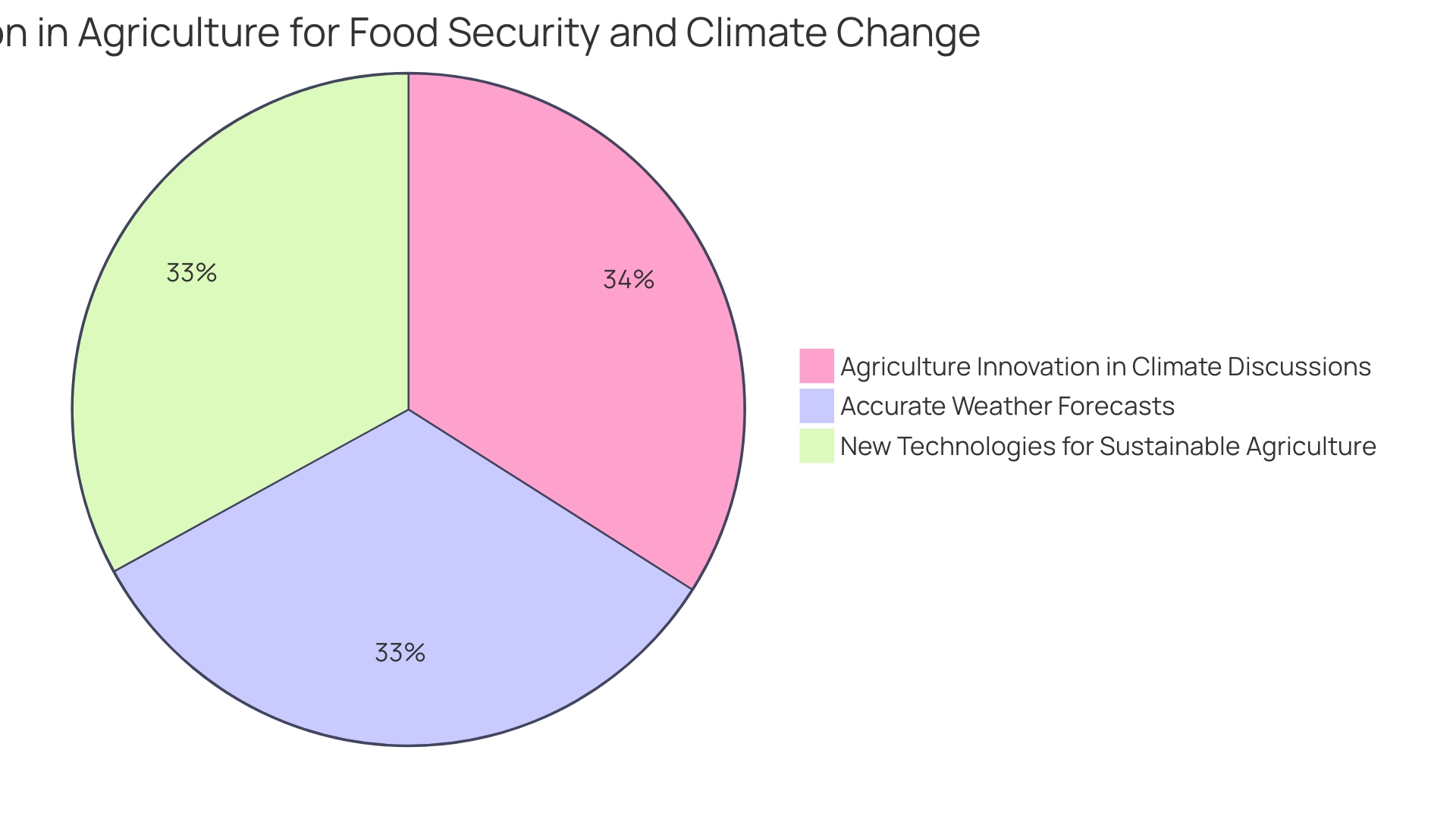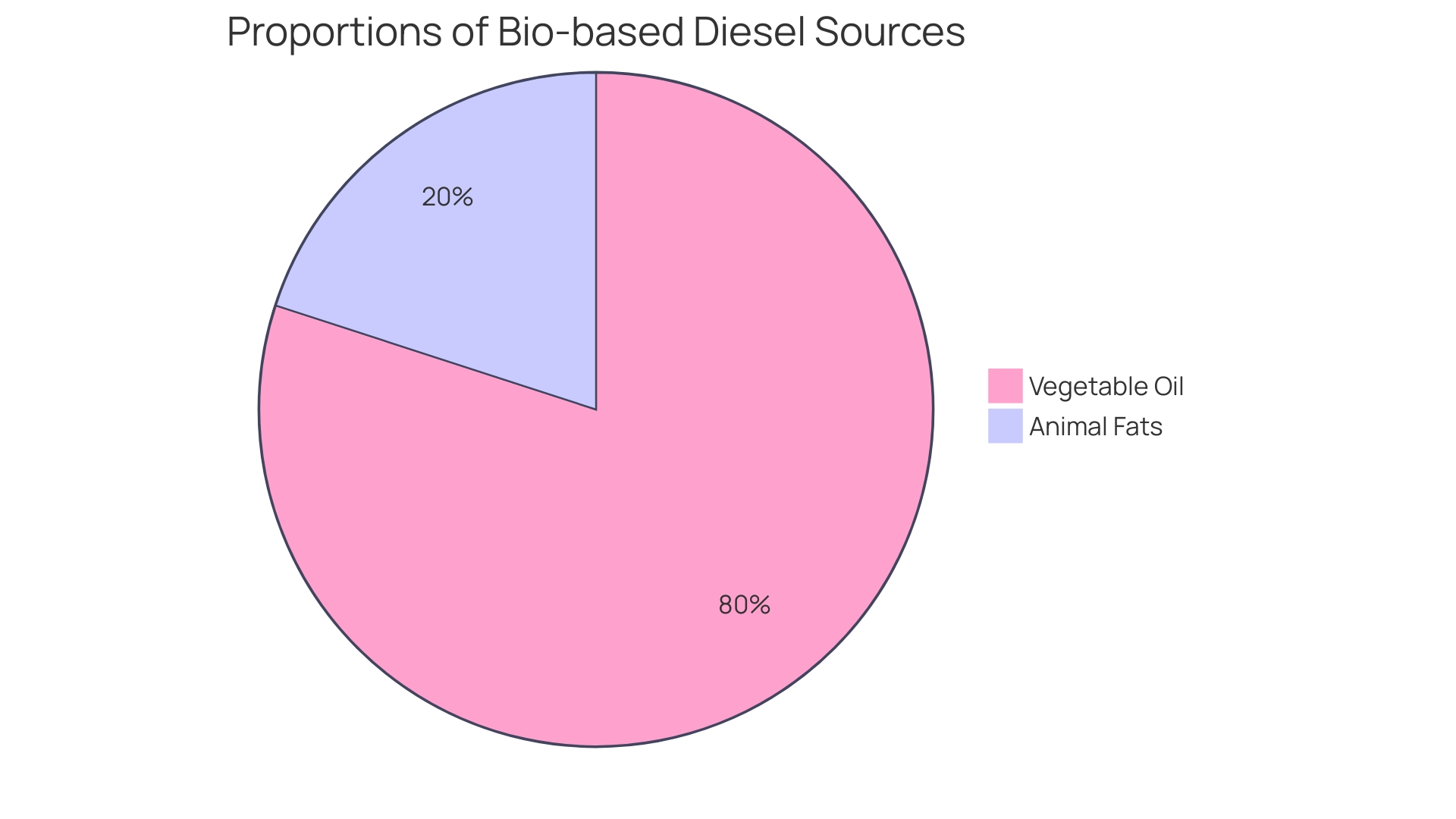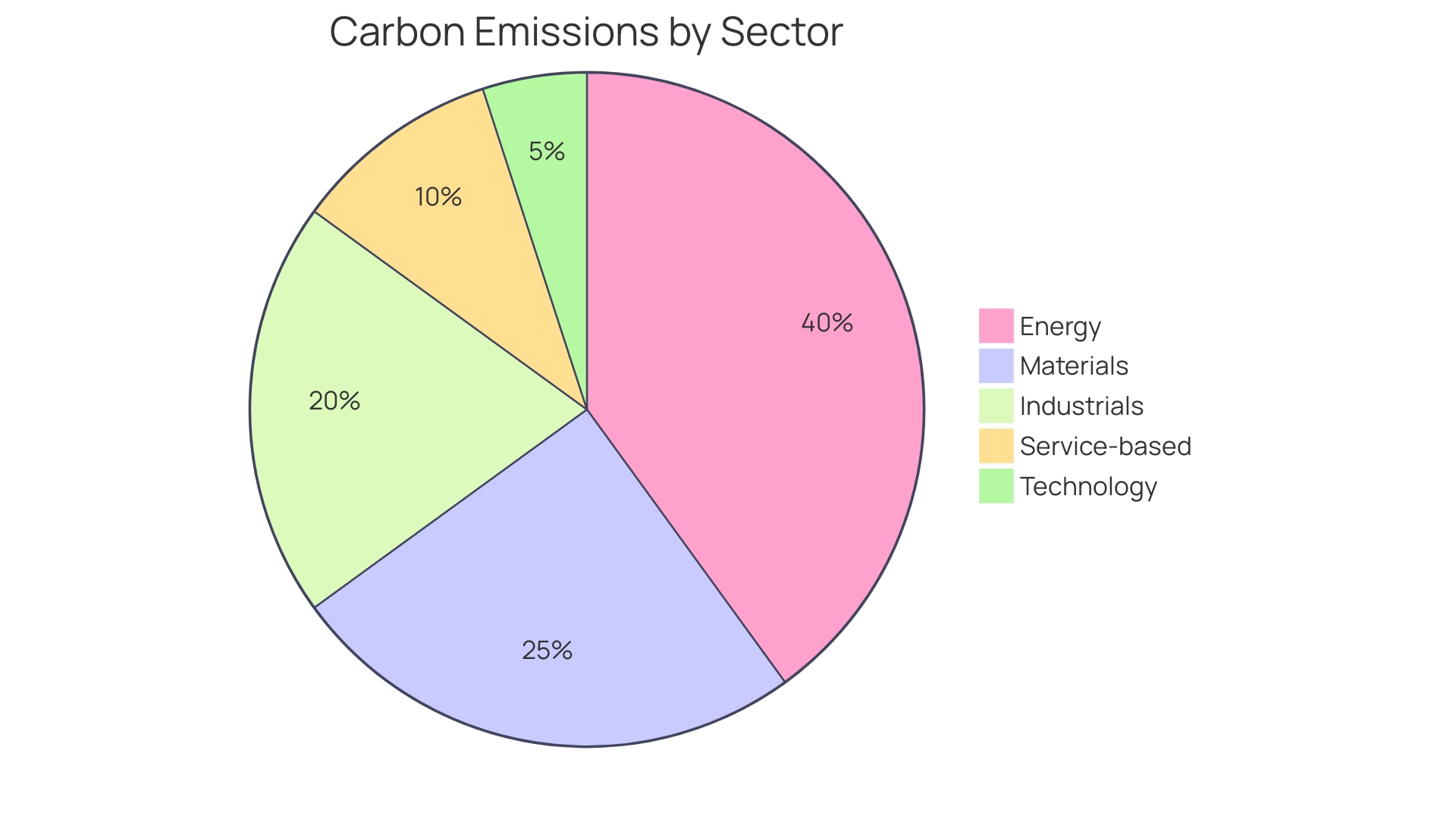Introduction
Bio-ethanol, a renewable fuel derived from biomass, has gained significant attention as a key player in the sustainable energy landscape. Europe, with its commitment to fostering biofuel usage, leads the way in the adoption of ethanol, biodiesel, and renewable diesel. The European Union (EU) is projected to become the fastest-growing region in the biofuel market, driven by a push towards sustainable agriculture and renewable energy.
As biofuel technologies evolve, second-generation biofuels utilizing non-edible plant biomass are gaining traction. The bio-ethanol industry is poised for continued innovation and growth, crucial for achieving sustainability goals. In this article, we explore the historical background, key concepts, production processes, benefits, challenges, case studies, current trends, environmental and economic impact, safety considerations, and future outlook of bio-ethanol.
Join us as we delve into the technical insights and analysis of this dynamic industry.
Historical Background of Bio-Éthanol
Bio-ethanol, a renewable fuel source derived from biomass including crops like corn and sugarcane, has been a focus of sustainable energy discussions for decades. Initially utilized as a fuel in internal combustion engines in the early 1900s, the drive towards climate change mitigation has since propelled bio-ethanol to the forefront of renewable energy solutions. Amidst this context, Europe emerges as a key player with substantial growth in the biofuel sector, particularly in major economies like France, the UK, Germany, and Poland. The region's commitment to fostering biofuel usage through various policies has seen a significant rise in the adoption of ethanol, biodiesel, and renewable diesel.
Notably, the European Union (EU) is poised to become the fastest-growing region in the biofuel market during the forecast period, driven by a concerted push towards sustainable agriculture and renewable energy. This trend is echoed by innovative projects, such as Heineken Spain's collaboration with Fertiberia, which aims to reduce carbon emissions in malting barley cultivation. By replacing natural gas with green hydrogen, Heineken's 'Impact Zero' fertilizer initiative exemplifies the industry's shift towards low-carbon solutions.
Further exemplifying the potential of bio-ethanol is the recent development of the world's first methanol-run freight ship, 'Laura Maersk.' This vessel represents a historic milestone in reducing the shipping industry's environmental impact, which accounts for a significant percentage of global greenhouse gas emissions. Maersk's ambition for net-zero emissions by 2040 underlines the sector's commitment to integrating renewable fuels into mainstream operations.
As biofuel technologies continue to evolve, second-generation biofuels, which utilize non-edible plant biomass like poplar trees, are gaining traction. These advancements, supported by funding from entities like the U.S. Department of Energy's Office of Science, underscore the importance of selecting optimal biomass and managing by-products like lignin effectively. The ongoing research collaboration involving the Center for Bioenergy Innovation and the National Renewable Energy Laboratory is a testament to the dynamic progress in this domain.
In light of these developments, the bio-ethanol industry is poised for continued innovation and growth. Such progress is crucial for achieving sustainability goals and fostering a more resilient and environmentally conscious energy landscape.
Key Concepts and Definitions of Bio-Éthanol
Bio-ethanol, an alcohol-based biofuel derived from the fermentation of sugars and starches, serves as a versatile component in gasoline or as a standalone fuel. Its production journey begins with feedstock selection, with corn and sugarcane being traditional choices. However, advancements in biotechnology have broadened the scope to non-food resources, enhancing sustainability. One such advancement is precision fermentation, a technique that fine-tunes the fermentation process to create specific compounds, revolutionizing the field and diversifying the bio-ethanol landscape.
A recent innovation that underscores the importance of sustainable practices in biofuel production comes from the collaboration between Fertiberia and Heineken Spain. They aim to reduce carbon emissions in barley cultivation by using green hydrogen in fertilizer production. This approach aligns with Heineken's sustainability goals, which include a 30% reduction in CO2e emissions in their value chain and a commitment to net-zero emissions by 2040. Success in sustainable brewing and agriculture is a testament to the potential of green biofuel practices.
Moreover, the shipping industry, responsible for a significant portion of global greenhouse gas emissions, is also embracing biofuel technologies. The introduction of the world's first methanol-powered freight ship, the Laura Maersk, at the Port of Felixstowe, marks a historic shift towards greener marine transport. Such initiatives are vital in the context of biofuels' environmental impact, which requires careful consideration and regulatory oversight to mitigate associated health risks due to emissions.
Biofuel industry experts point out the importance of technological and economic assessments, such as Techno-Economic Analysis (TEA), to comprehensively understand production costs and facilitate the transition to more modern methods. TEA involves detailed process flow diagrams and mass and energy balances, which are crucial in evaluating the feasibility of biofuel projects.
While bio-ethanol remains a predominant biofuel in the United States, its production methods and input feedstocks are evolving. The use of soybean oil, palm oil, and waste oils like yellow grease is on the rise, reflecting a shift towards more diverse and sustainable sources. With the biofuel industry at a crossroads, these developments are pivotal in charting a path that balances energy needs with environmental stewardship.
Production Process of Bio-Éthanol
Bio-ethanol production is a sophisticated process that transforms biomass into a viable fuel source. The journey begins with the careful selection of appropriate feedstock, such as corn or sugarcane. These crops undergo processing to extract fermentable sugars, which are then subjected to fermentation with the aid of yeast or bacteria, effectively turning them into ethanol. Following fermentation, the ethanol is distilled to enhance its purity, reading it for use as biofuel. This meticulous process demands precise management of parameters including temperature, pH levels, and fermentation duration to achieve the best possible yield and ethanol quality.
Recent advancements have introduced more sustainable practices into bio-ethanol production. Notably, the Coordinated Ethanol Liberation Front (CELF) method has revolutionized the utilization of lignocellulosic biomass, enabling the simultaneous extraction of multiple products from different biomass components. This approach not only increases efficiency but also aligns with sustainability standards such as the Bonsucro, which mandates zero-deforestation policies and fosters improved working conditions with higher wages for workers.
The integration of bio-ethanol into energy-producing technologies is exemplified by innovations like BIOTERRAN, stemming from the University of Wroclaw's research. This synergy is crucial for maintaining a continuous energy supply, especially when paired with intermittent renewables like solar and wind power. Moreover, the adoption of bio-ethanol is gaining momentum in the shipping industry, as seen with Maersk's methanol-powered container ship, the Laura Maersk, marking a significant step towards reducing carbon emissions in this sector. Ethanol remains a predominant biofuel in the United States, commonly derived from corn, and is a staple in commercial gasoline with formulations such as E10.
As the bio-ethanol industry evolves, it continues to confront challenges such as the environmental impact of feedstock cultivation and the carbon footprint of production processes. Nonetheless, with ongoing research and technological advancements, bio-ethanol stands as a key component in the transition towards more sustainable energy systems.
Benefits and Advantages of Bio-Éthanol
As the renewable energy sector continues to flourish, bio-ethanol emerges as a standout alternative to fossil fuels due to its environmentally friendly profile and its contribution to energy security. Bio-ethanol is produced from biomass, such as corn and sugarcane, which are sustainable resources that can be continuously replenished. This not only positions bio-ethanol as a renewable energy source but also as a key player in reducing greenhouse gas emissions. In fact, bio-ethanol is capable of significantly lowering carbon emissions, making it a preferable option for an eco-conscious society.
The impact of bio-ethanol extends beyond environmental benefits; it plays a crucial role in bolstering rural economies by providing employment opportunities in the agricultural and biofuel sectors. For instance, innovative projects like the collaboration between Fertiberia and Heineken Spain illustrate the potential of green hydrogen—a biofuel derivative—to minimize carbon footprints in agricultural practices. This initiative, which earned recognition for its innovative approach to sustainability, underscores the tangible benefits of biofuel technologies in real-world applications.
Furthermore, the maritime industry is also taking strides in adopting biofuels, as seen with the world's first methanol-powered container ship, the Laura Maersk. This vessel's operations are aligned with the goal to achieve net-zero greenhouse gas emissions by 2040, demonstrating the feasibility of biofuels in heavy transport sectors.
When considering the broader spectrum of renewable energy resources, bio-ethanol is accompanied by other forms such as hydropower and biomass energy. Notably, biomass energy has been harnessed for centuries and continues to be a versatile source for heating, electricity, and transportation fuels. The agricultural sector, in particular, provides an abundance of waste that can be converted into energy, further emphasizing the value of biofuels in a circular economy.
The integration of bio-ethanol and other biofuels into the energy mix is indeed a sustainable step towards decarbonization, particularly in industries and transport sectors where electrification poses challenges. As we navigate the transition to renewable energy sources, it is clear that biofuels, including bio-ethanol, hold a pivotal role in shaping a sustainable and energy-secure future.
Challenges and Limitations of Bio-Éthanol
Bio-ethanol, a renewable fuel derived from plant materials, is increasingly recognized for its potential to mitigate climate change by reducing greenhouse gas emissions. However, the production and utilization of bio-ethanol are not without challenges. A significant concern is the competition for agricultural feedstock, which has implications for both food security and commodity prices, as crops such as corn and sugarcane are diverted from the food supply to fuel production.
Additionally, the process to produce bio-ethanol is resource-intensive, often requiring substantial inputs of water, energy, and chemicals. This highlights the need for optimizing production methods to minimize environmental impact and enhance sustainability.
The infrastructure required to distribute and store bio-ethanol effectively is another hurdle that needs to be addressed to facilitate its broader adoption. This includes establishing a network capable of handling bio-ethanol's specific requirements, which differ from those of traditional fossil fuels.
Despite these challenges, advancements in technology and strategic policy initiatives are paving the way for bio-ethanol to become a more viable and environmentally friendly alternative to conventional fuels. Europe, for instance, is rapidly progressing in the biofuel market, with policies that actively encourage the use of renewable sources like ethanol, biodiesel, and renewable diesel.
As the industry evolves, it's essential to learn from past experiences, such as the European biodiesel initiative that led to unintended consequences like deforestation due to Indirect Land Use Change (ILUC). By considering these lessons and focusing on sustainable practices, the biofuel sector can improve its processes and contribute to a more sustainable future.
Case Studies: Successful Implementations of Bio-Éthanol
Innovative approaches in sustainable agriculture and energy are shaping the future of industry and environmental stewardship. For instance, Fertiberia and Heineken Spain's groundbreaking project utilizes green hydrogen to replace natural gas in the production of low-carbon fertilizers. This initiative, which merited recognition from the Institut Cerdà's Observatory of Innovation in Mass Consumption, exemplifies the strides being made towards minimizing carbon footprints in agricultural practices. The project harnesses advanced agriculture 4.0 technologies, leveraging big data for the most efficient application techniques, and represents a significant step in Heineken's sustainability roadmap to reduce CO2e emissions by 30% and achieve net-zero by 2040.
Moreover, Pivot Bio's recent executive appointment underlines the industry's commitment to financial acumen in supporting sustainable practices. Robert Houghton's extensive financial expertise is poised to further Pivot Bio's global sustainable agriculture footprint, reflecting the sector's focus on strong financial performance coupled with environmental responsibility.
In the realm of shipping, the Laura Maersk's arrival at the Port of Felixstowe marks a historical advancement. As the world's first methanol-powered container ship, it sets a new standard in reducing the shipping industry's environmental impact, which is responsible for a significant portion of global greenhouse gas emissions. This aligns with Maersk's target for net-zero emissions by 2040 and demonstrates the viability of alternative fuels in large-scale transportation.
Such developments resonate with the broader objectives of sustainability, including land and biodiversity conservation, improved worker safety, and enhanced wages. The Bonsucro Standard advocates for these values, emphasizing zero-deforestation and increased efficiency and yields. These achievements not only benefit the environment but also contribute to social well-being by fostering safer working conditions and better wages for workers, as evidenced by the significant wage increases over the minimum in certified mills and farms.
The combined efforts in these case studies underscore the industry's capacity for innovation and its dedication to a more sustainable future. As we examine these examples, we see a common thread: the critical role of renewable energy sources, cutting-edge technology, and strategic leadership in driving forward a sustainable agenda that meets the challenges of our time and paves the way for a greener, more prosperous world.

Current Trends and Developments in Bio-Éthanol
The landscape of bio-ethanol production is marked by innovative research and technological advancements aimed at optimizing the process and diversifying the range of feedstocks. Today's bio-ethanol industry is characterized by a shift towards lignocellulosic biomass, utilizing agricultural residues and non-food crops like poplar trees, which do not compete with food resources. This transition is supported by the coalescence of biotechnology and genetic engineering, which bolsters the efficiency and yield of bio-ethanol. By integrating bio-ethanol with renewable technologies such as solar and wind power, there is potential for more resilient and sustainable energy systems.
Innovations like the Co-solvent Enhanced Lignocellulosic Fractionation (CELF) process have emerged, enabling the concurrent production of multiple bio-products from distinct biomass components, thereby enhancing efficiency and product diversity in bio-refineries. With support from institutions like the U.S. Department of Energy, research teams are exploring optimal biomass sources and methods for lignin extraction, which are critical for advancing the industry.
The impetus for these advancements can be traced to broader, multidisciplinary efforts to address the global food security challenge through sustainable practices. Startups and university spin-offs play pivotal roles in translating these innovations into scalable commercial applications. As the demand for alternative protein sources grows, these entities are at the forefront of developing technologies like precision fermentation and cell-cultured products.
Financial movements within the sustainable agriculture sector, such as the appointment of experienced executives in companies like Pivot Bio, signal an increased focus on economic viability and strategic expansion within the industry. This is mirrored in the biofuel sector, where companies such as CubicFarms emphasize technology like HydroGreen, which is key to producing feed ingredients that support livestock year-round.
Statistical data indicates a significant trend of growth in alternative energy, including bio-ethanol, in Europe, with countries like France, the UK, Germany, and Poland leading the charge. The European biofuel market thrives on ethanol, biodiesel, and renewable diesel, underpinned by supportive EU policies driving the adoption of these sustainable fuels. With a clear trajectory of expansion, these developments indicate a future where bio-ethanol plays an integral role in the broader transition to renewable energy sources.

Environmental and Economic Impact
Bio-ethanol is not just a fuel; it's a catalyst for environmental and economic transformation. The journey to a sustainable future is marked by innovative projects like the collaboration between Fertiberia and Heineken Spain, where traditional natural gas is replaced with green hydrogen to produce low-carbon fertilizers, significantly reducing the carbon footprint of malting barley cultivation. This initiative exemplifies the broader movement towards a circular economy, where waste is minimized, and resources are reused—a principle that lies at the heart of bio-ethanol production.
By utilizing renewable biomass feedstocks, bio-ethanol production preserves natural ecosystems and reduces greenhouse gas emissions. This translates into a tangible impact on climate change mitigation. Furthermore, the bio-ethanol industry bolsters rural economies by creating employment opportunities and supporting local agriculture, thus reducing reliance on imported fossil fuels and fostering energy independence.
The evolution of bio-ethanol is evident in its two-decade track record, proving its effectiveness as a sustainable alternative to oil. The Climate Ethanol Alliance, with its evidence-based advocacy, showcases the ongoing technological innovation in the bio-based economy. The resulting benefits are manifold—climate protection, rural development, farming advancements, and improved air quality.
Moreover, the aviation sector's endorsement of sustainable aviation fuel, with commitments from major airlines, underscores bio-ethanol's role in addressing hard-to-decarbonize industries. The drive towards sustainable bioenergy crops for renewable aviation fuels exemplifies the global effort to reduce carbon emissions, aligning with the International Civil Aviation Organization's sustainability criteria.
The environmental credentials of bio-ethanol are further reinforced by the Bonsucro Standard, which promotes land and biodiversity conservation, safer working conditions, and fair wages. These standards not only enhance sustainability practices but also provide verified credentials that are increasingly valued in today's market.
As we navigate the challenges of a changing climate and the demands of a growing bio-based economy, bio-ethanol stands as a beacon of innovation and environmental stewardship, paving the way for a cleaner, greener, and more prosperous future.
Safety and Handling Considerations
Ensuring the safety of bio-ethanol production encompasses a comprehensive approach to storage, handling, and staff education. Bio-ethanol's high flammability necessitates storage in certified containers and facilities equipped with advanced ventilation and fire suppression systems. Emphasizing education, personnel must be proficient in safety protocols, understanding both the risks and the correct responses to potential incidents.
Drawing parallels with the production of cachaca, a Brazilian spirit made from fermented sugarcane juice, the significance of adhering to strict guidelines, such as those outlined by MAPA, becomes evident. These measures are fundamental in safeguarding public health and maintaining product integrity. The history of cachaça, emerging from the early Portuguese introduction of sugarcane to Brazil, reflects the evolution of alcohol production practices and the accompanying safety regulations.
The incorporation of bio-ethanol into the broader context of renewable fuels is underscored by recent advancements, such as methanol-powered freight ships and ethanol-to-sustainable aviation fuel (SAF) plants. These innovations in green technology not only contribute to the reduction of greenhouse gas emissions but also set new benchmarks for safety and environmental compatibility in fuel production and use.
In support of these initiatives, guidance from regulatory bodies like the FDA offers a framework for early food safety evaluations, particularly concerning new plant varieties and non-pesticidal proteins. For example, producers are encouraged to consult with agencies to ensure their processes align with current safety standards and do not necessitate legal action prior to commercial distribution.
The global commitment to safety and sustainability in the production and use of biofuels is a collective effort, involving not just producers but also policymakers, scientists, and consumers. By embracing these principles, the industry can navigate the complexities of fuel procurement while prioritizing safety and environmental stewardship.

Future Outlook and Technological Advancements
Bio-ethanol is rapidly advancing as a key player in the push for decarbonization and cleaner production cycles. As an alternative to fossil fuels, it offers a compelling route to reduce the 47% of annual carbon-based material production that is currently fossil-based. Bio-ethanol production, leveraging industrial biotechnology, can save energy and substantially cut CO2 emissions, which is critical given that about two-thirds of anthropogenic CO2 emissions stem from burning coal, oil, and gas.
The potential of bio-ethanol extends to hard-to-decarbonize industries, such as aviation, which contributes about 2% of global energy-related carbon dioxide emissions. Sustainable aviation fuel, which includes bio-ethanol, is gaining traction as the most viable option for reducing the sector's carbon footprint due to major technical limitations associated with battery- and hydrogen-powered aircraft. This shift is evidenced by commitments from major airlines and aviation groups to increase sustainable aviation fuel usage to 10% by 2030.
Innovations are enhancing bio-ethanol's sustainability and viability, with advanced biofuels and genetically modified organisms improving feedstock conversion. The integration with other renewable energy systems, like biogas and hydrogen, offers synergistic solutions for a diversified energy future. This integration is vital as it aligns with the global trend towards net-zero emissions, exemplified by initiatives such as the world's first methanol-powered container ship docking at the Port of Felixstowe, representing a significant step in greener maritime transport.
Moreover, Europe is poised to be a leading force in the biofuel market, including bio-ethanol, with strong support through policies and initiatives from major economies like France, UK, Germany, and Poland. The region's market is fueled by ethanol, biodiesel, and renewable diesel, with ethanol notably making up over 98% of U.S. gasoline, often in the form of E10.
The future of bio-ethanol is not only promising but pivotal, as echoed by NVIDIA CEO Jensen Huang's assertion that digital biology will transform biology into an engineering discipline. With bio-ethanol at the forefront, we are set to witness a transformative era of energy production that is both sustainable and innovative.

Conclusion
Bio-ethanol, a renewable fuel derived from biomass, is gaining traction in the sustainable energy landscape. Europe leads the way in biofuel adoption, with the European Union projected to be the fastest-growing region in the market. The industry is evolving towards second-generation biofuels using non-edible plant biomass, driving innovation and growth for sustainability goals.
Bio-ethanol production involves feedstock selection, fermentation, and distillation. Advanced techniques like precision fermentation and the Coordinated Ethanol Liberation Front (CELF) method are revolutionizing the industry. Integration with renewable technologies and adoption in the shipping industry showcase bio-ethanol's versatility.
Bio-ethanol offers renewable energy, significant carbon emissions reduction, and economic benefits to rural areas. Successful case studies, such as projects utilizing green hydrogen and methanol-powered freight ships, highlight the industry's sustainability efforts.
Challenges like competition for feedstock and resource-intensive processes exist, but technology advancements and supportive policies are driving a more viable and environmentally friendly bio-ethanol industry.
Current trends focus on process optimization, feedstock diversification, and integration with renewable technologies. Europe's strong growth in the biofuel market, along with genetic engineering advancements, indicates bio-ethanol's vital role in transitioning to renewable energy sources.
Bio-ethanol's environmental impact includes greenhouse gas reduction and energy independence. Safety considerations emphasize proper storage, handling, and adherence to regulations.
Looking ahead, bio-ethanol is poised to play a pivotal role in decarbonization and cleaner production. It offers a promising route to reduce carbon-based material production and address hard-to-decarbonize industries like aviation. Technological advancements, integration with renewables, and policy support shape a transformative future for bio-ethanol in the energy landscape.




